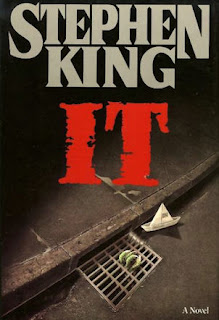It's IT: What is IT?

While everyone is all abuzz with excitement over the “new” IT , I left the theater very underwhelmed. Admittedly, I was a seesaw of emotion from the pre-production phase, being that Stephen King is my favorite author, and the 1990 IT my favorite horror movie (I watch it annually, every fall, and have for decades). Even still, I followed the events unraveling over the readaptation for years with rapt anticipation, went through all the news, from one director dropping out to another picking the project up. I was even there when Eddie Izzard was rumored to play the infamous Pennywise. So I went into this new movie, trying to shed my bias, but within minutes, I was let down. I remember being really iffy before the movie came out, and remember the trailer completely changing my mind. I went in thinking, maybe this movie will be closer to the book: it was not. I went in thinking, I hope the same magic is saved: it was not. I went in thinking, maybe the movie will be amazing ...
